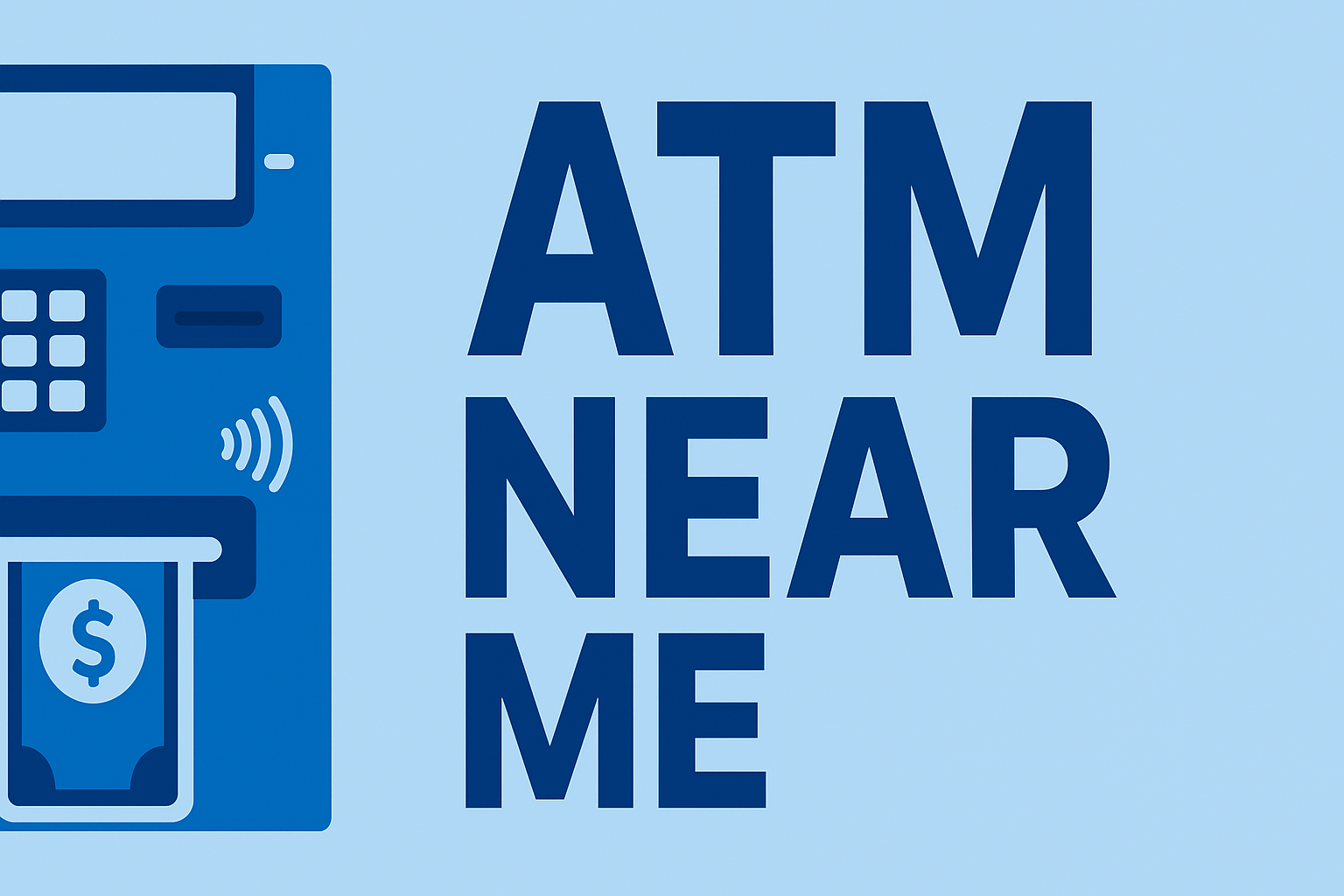Credit unions are known for lower fees, community-focused service, and member-friendly policies. But when it comes to cash access, one of the most common questions is: how much can I withdraw from a credit union ATM each day? This guide breaks down how credit union limits work, how they compare to banks, and what you can do if you need a higher limit.
How Credit Union ATM Withdrawal Limits Work
Because credit unions are member-owned, their withdrawal policies often differ from large banks. Many offer competitive limits and lower fees, but caps vary widely by institution. Most credit unions set daily withdrawal limits between $300 and $1,000, similar to traditional banks, though some premium or business accounts may offer $2,000 or more.
For comparisons with national banks, see our full guide to ATM withdrawal limits by institution.
Typical Credit Union ATM Limits
- Local credit unions: Standard checking accounts often allow $500–$1,000 per day.
- Premium or rewards accounts: Higher-tier accounts can offer limits of $2,000 or more.
- Shared branching networks: Partner ATMs may impose lower caps even if your credit union allows higher withdrawals.
- Business accounts: Many credit unions approve $2,500–$5,000 in daily ATM access depending on account standing.
What Affects Your Credit Union ATM Withdrawal Limit?
- Account tier: Premium, rewards, and long-standing member accounts often receive higher limits.
- Account type: Student, standard, and business accounts each have different risk and cash-access profiles.
- ATM network rules: If you use CO-OP, Allpoint, or other shared networks, the machine itself may enforce a lower per-transaction maximum.
- Fraud-prevention controls: Suspicious activity may trigger a temporary limit reduction for security reasons.
How to Increase Your Credit Union ATM Withdrawal Limit
If you need more cash than your current limit allows, you have several ways to request higher access:
- Request a temporary limit increase: Many credit unions will raise your limit for 24–72 hours, especially for travel or emergencies.
- Ask for a permanent increase: Members with good account history and consistent deposits often qualify. Learn more in our guide on increasing your ATM withdrawal limit.
- Upgrade your account: Premium and rewards checking accounts frequently include higher ATM access.
- Use multiple debit cards: If you have more than one account, you may be able to withdraw from each separately.
Credit Unions vs. Banks: Who Offers Higher Limits?
Large banks such as Chase or Citi often offer the highest ATM withdrawal limits, especially on premium accounts. However, many credit unions remain competitive due to lower fees, flexible member policies, and strong shared-branching networks. If you value local service and don’t need extremely high limits, a credit union may still be your best option.
Other Ways to Access More Cash from a Credit Union
- Visit a branch teller: In-person withdrawals typically allow significantly higher amounts than ATMs.
- Use retailer cash back: Many debit cards allow $100–$200 per purchase at checkout.
- Consider wire transfers or cashier’s checks: Safer and more practical for large transactions than carrying cash.
FAQs
What is the average credit union ATM withdrawal limit?
Most credit unions fall between $500 and $1,000, while premium accounts may reach $2,000+.
Can I withdraw more than my ATM limit inside the branch?
Yes. Branch teller withdrawals are not subject to ATM caps and generally allow much larger amounts.
Do shared-network ATMs have the same withdrawal limits?
Not always. The ATM’s own rules may override your credit union’s limit.
How quickly can limits be increased?
Temporary increases can often be approved the same day. Permanent increases may take one to two business days.
Related Guides
- ATM Withdrawal Limits by Bank
- How to Increase Your ATM Withdrawal Limit
- Banks With the Highest ATM Withdrawal Limits
Understanding how credit union ATM limits work helps you avoid surprises, plan larger transactions, and access your money when you need it.
